Introduction
You might be familiar with common sauces and aromatics in Chinese cooking, but most people don't know about Chinese spices. Popular dishes such as fried rice, dumplings, or vegetable stir-fries don't always use seasonings other than salt and pepper, but the dishes that do can have an entirely different flavor.
Chinese spices have uses in traditional Chinese medicine, and their health properties are incorporated into the food they are cooked with. Many of the spices on this list are usually used whole to flavor oil for-stir fries or meat stews like hong shao rou (red braised pork belly). If you're looking to expand your Chinese cooking repertoire outside of typical stir-fries, then read on for the spices that you'll need.
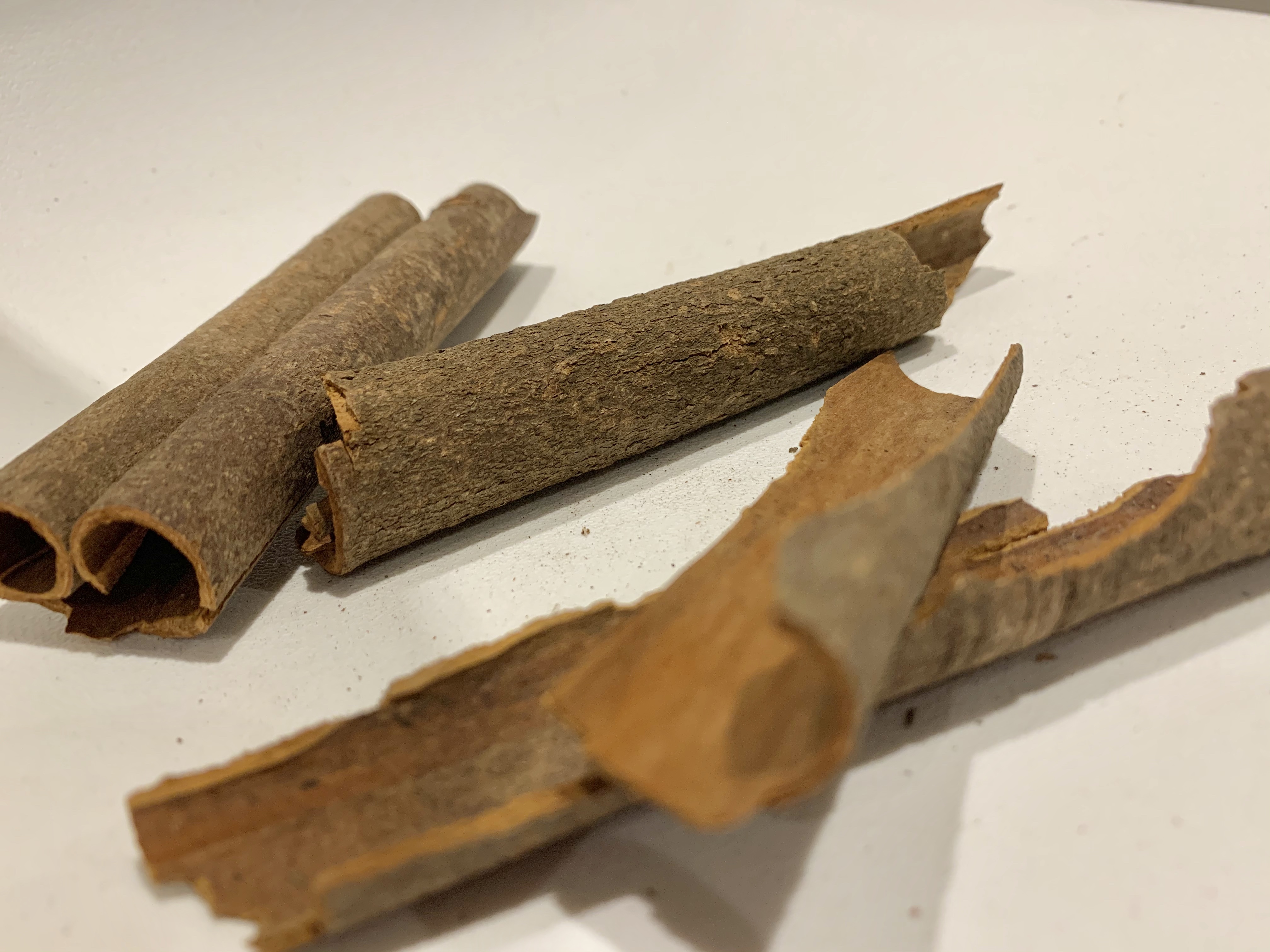
It is often used in stewed fruits, especially apples and with mixed spices for pudding spice, pastry spice and mulling spices. In main dishes it is used in curries, pilaus and spicy meat dishes. The whole buds are also good for flavouring these dishes.
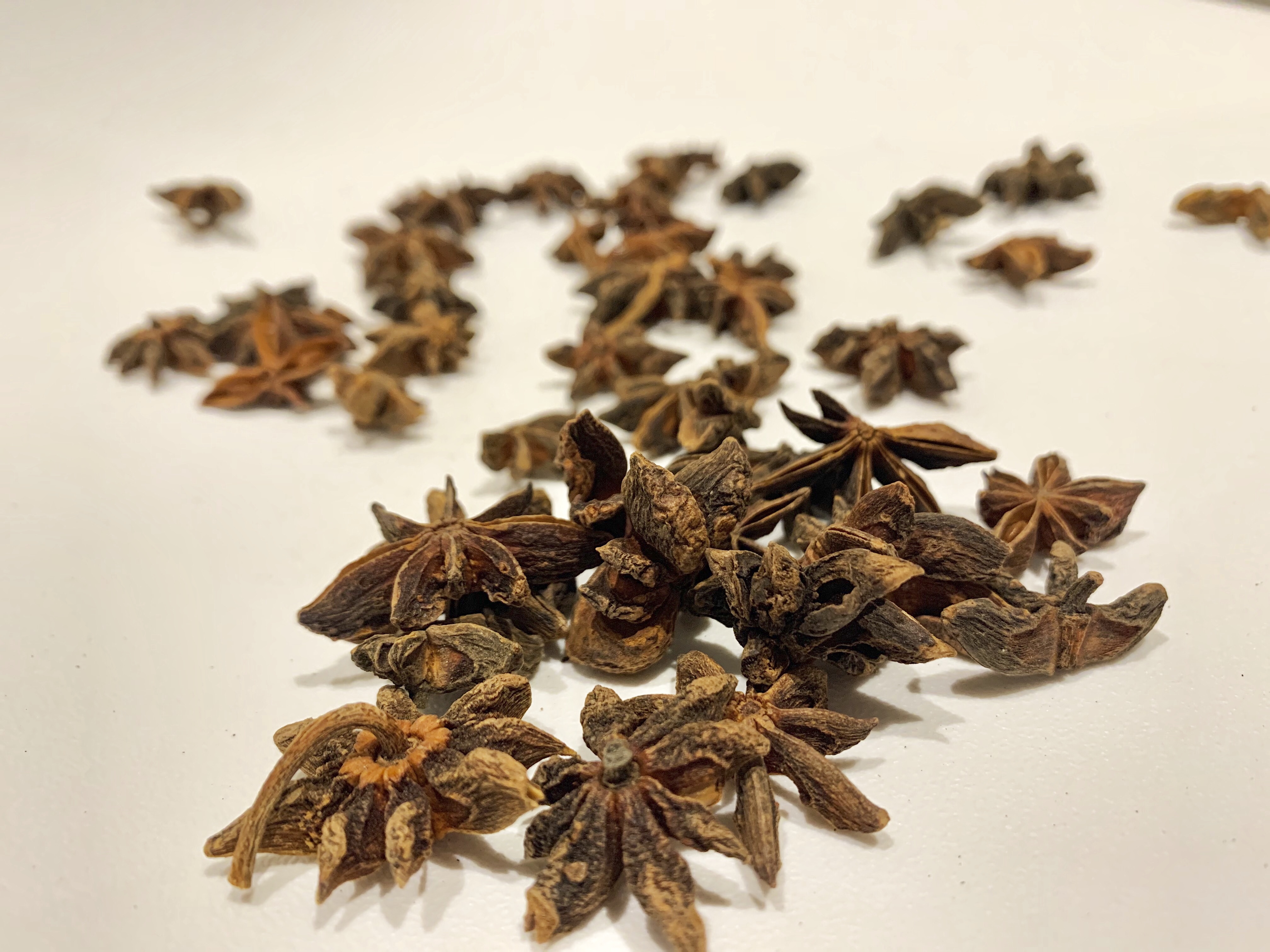
One of the prettiest spices, star anise tastes similar to anise, fennel, or licorice. This spice is used whole in many of the recipes on this list, but you can also grind it up to use as a seasoning for vegetables. Star anise has been growing in popularity as a spice in desserts and cocktails. If you're using it whole, leave it in the dish at the end as a garnish.
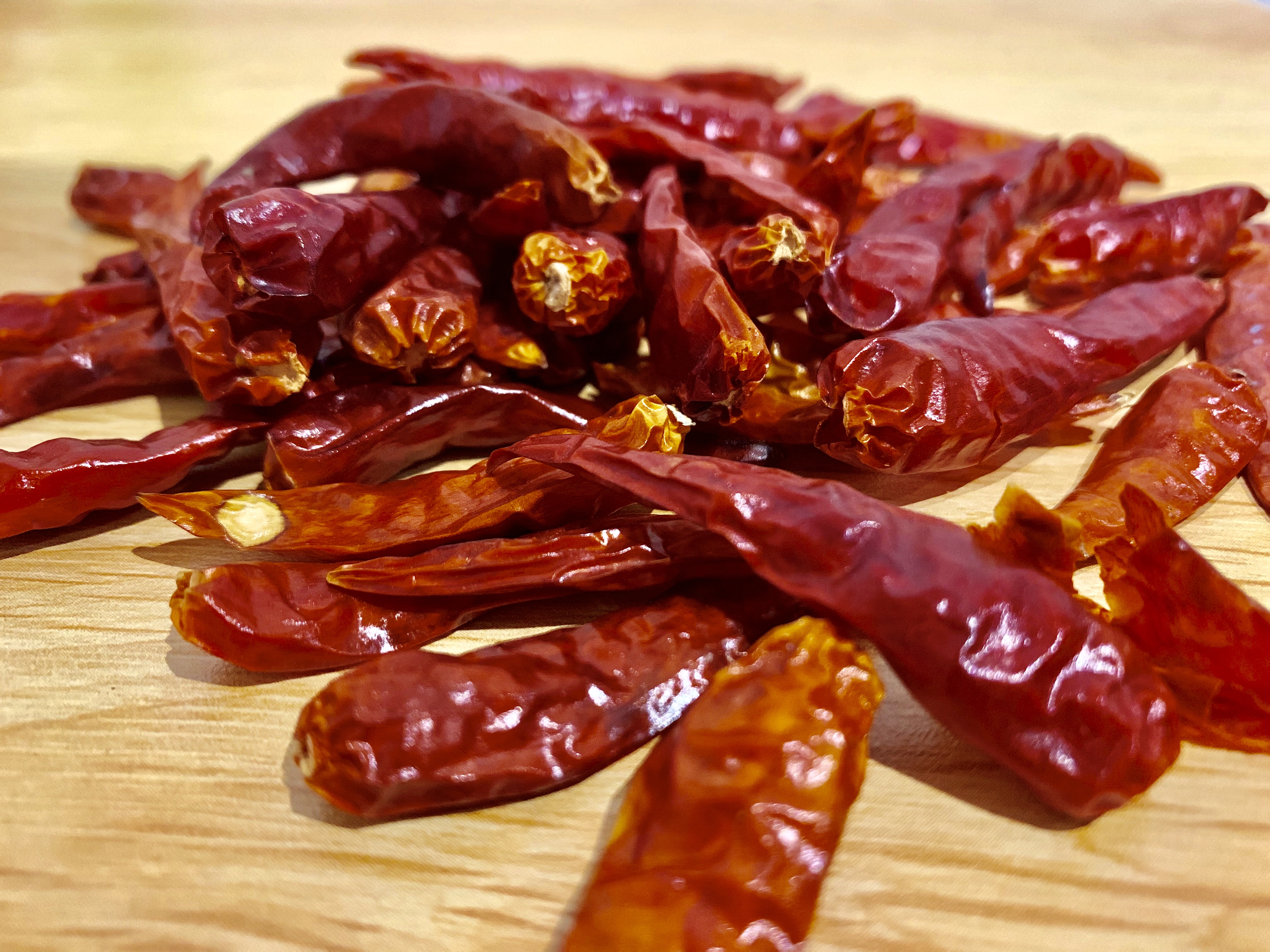
The counterpart to Sichuan peppercorn's numbing ma, these provide the la, the heat. Together they create the ma la (numbing and spicy) flavor that is treasured in Sichuan cuisine. Use these to add heat to any dish, especially ones with Sichuan peppercorns. If you love spicy food, make your own chili oil which you can then use to drench everything from dumplings to dishes.
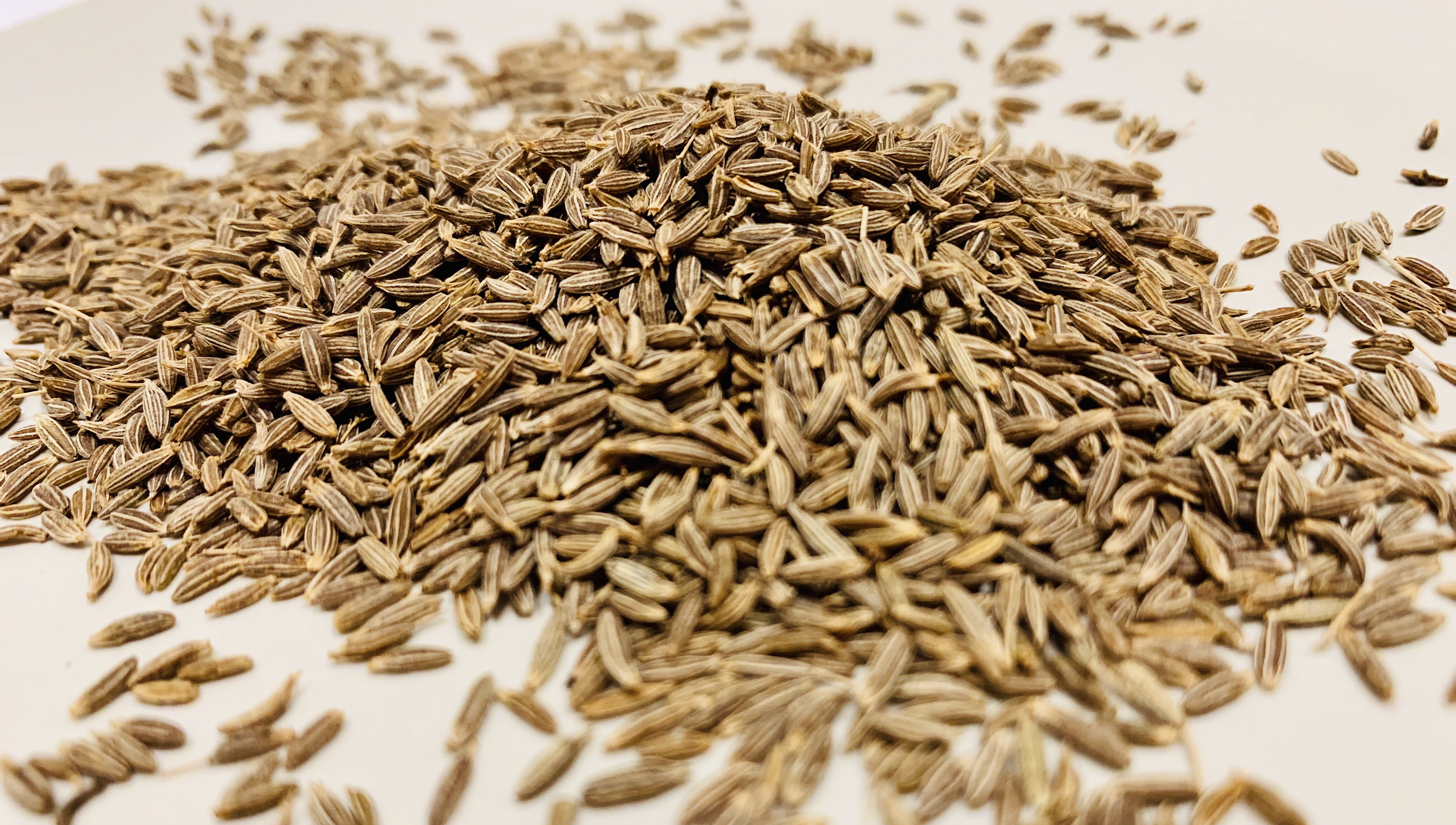
Cumin is more commonly used in the western regions of China, such as Xinjiang and Xi'an. If you've been to Xi'an Famous Foods in New York, you'll see cumin make an appearance in their cumin spiced lamb dishes. Cumin is frequently used with lamb, and you can try it on these lamb skewers (a common street food in China) or in this Uyghur lamb pilaf.
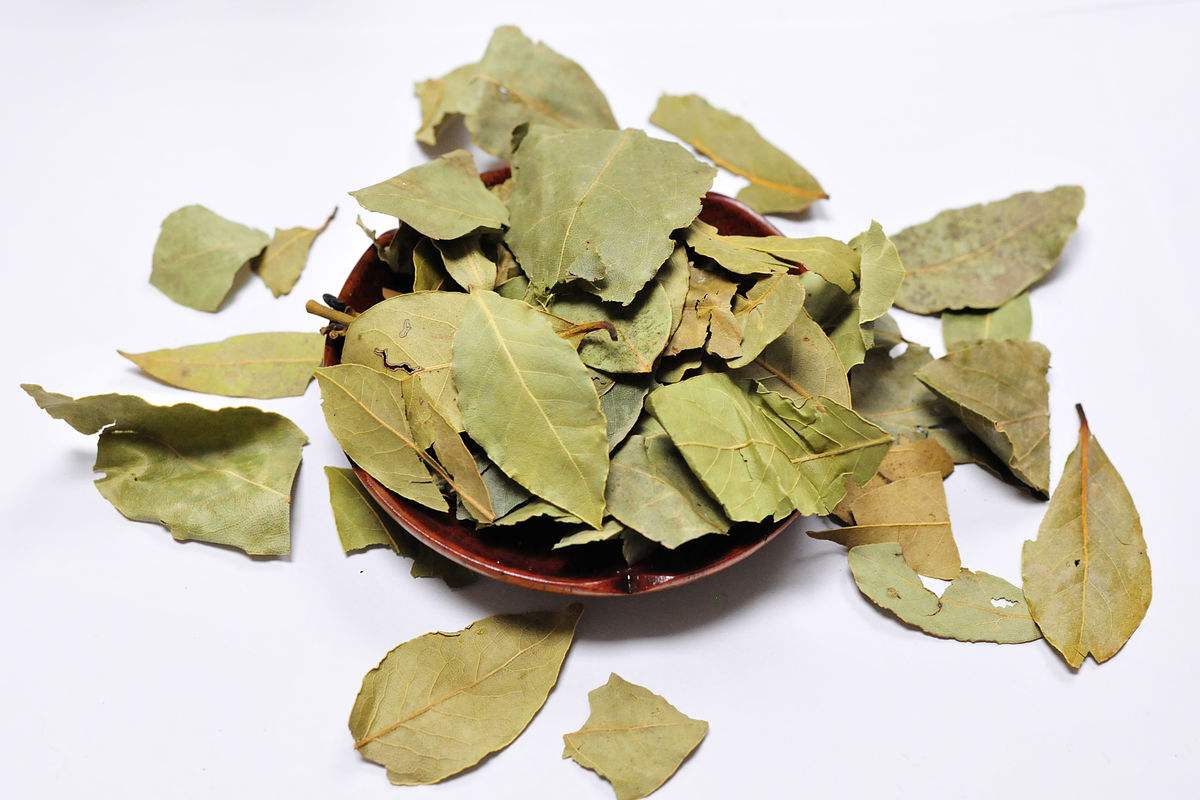
Bay leaf is an aromatic spice used in many cuisines to flavor soups and sauces. Bay leaves, with their mild menthol scent, round out a dish's flavor. The tough leaves should be removed after cooking. Use it in a hearty one-wok chicken stew.
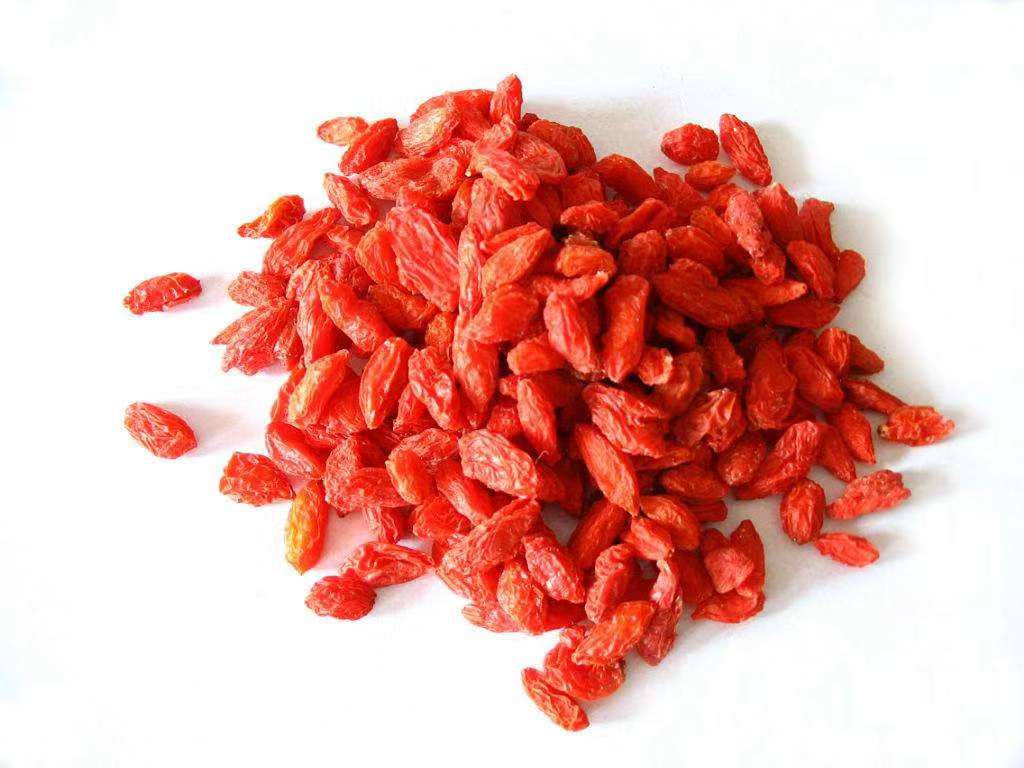
Go ji is the fruit of either Lycium barbarum or Lycium chinense, two closely related species of boxthorn in the nightshade family, Solanaceae. L. barbarum and L. chinense fruits are similar but can be distinguished by differences in taste and sugar content. Both species are native to Asia, and have been long used in traditional Asian cuisine.And it's also a good source of vitamins and minerals, including: vitamin C, fiber, iron, vitamin A, zinc and antioxidants
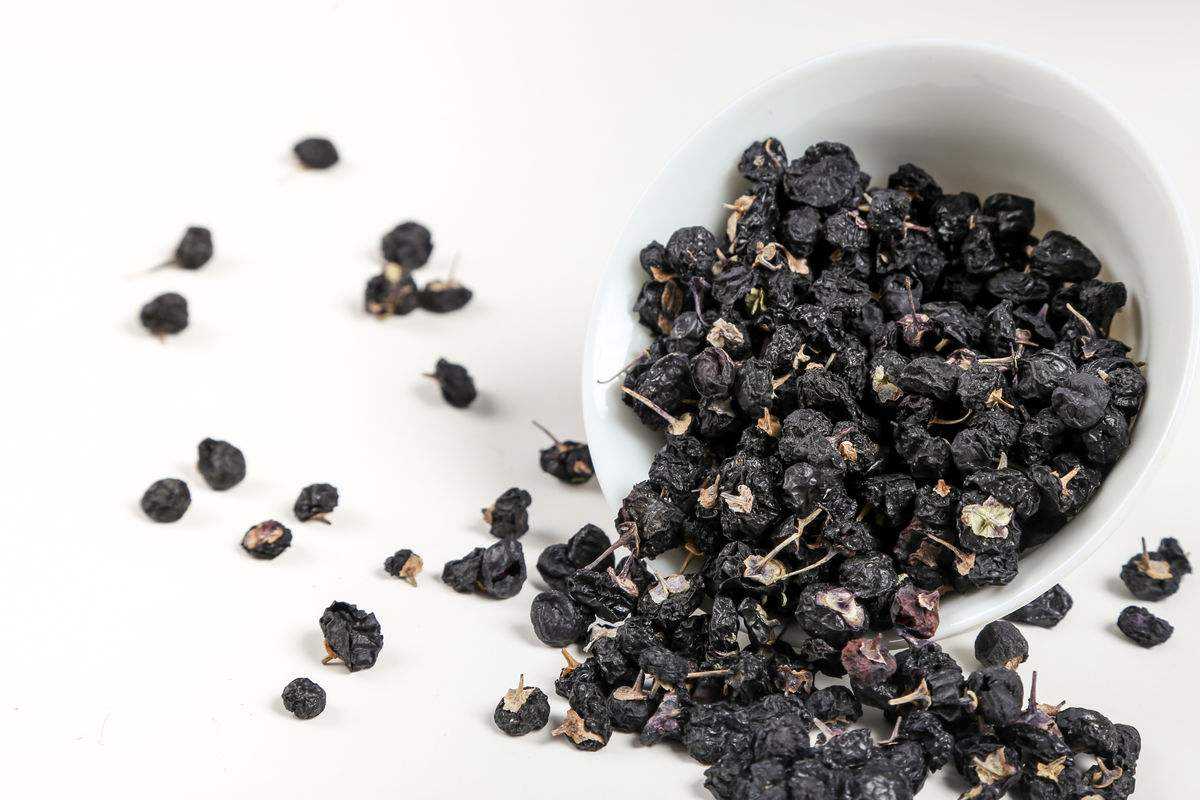
Black Goji is native throughout Central Asia. The black goji berry is very rarely found in Western cuisine, but has long been celebrated in the Himalayan region as a potent medicinal and health food. The black goji is known to be more healthful and potent than the more widely known red goji, and we find the flavor sweeter. The tasty, inky-black berries are exceptionally high in antioxidants and are said to boost the immune system and improve circulation.
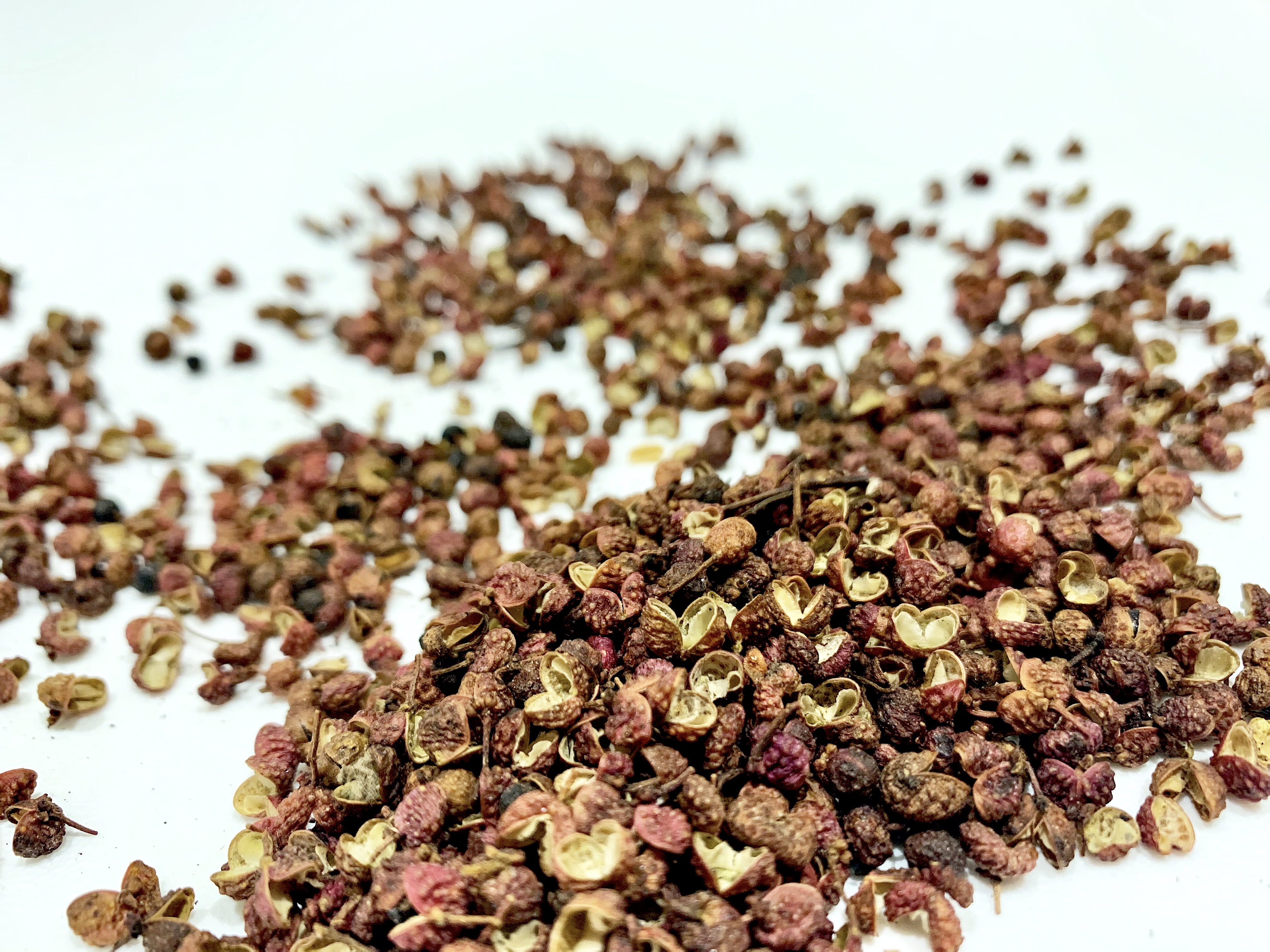
Also known as Szechuan peppercorns, these are actually berries from the prickly ash tree, and were the original sources of spiciness in Chinese cuisine before Portuguese traders brought chili peppers in the 16th century. Sichuan peppercorns are renowned for the numbing "ma" sensation, similar to a pins and needle feeling, and provide an extra kick for any spicy dish. Some easy dishes to use this in include Ma Po Tofu and Dan Dan Noodles.